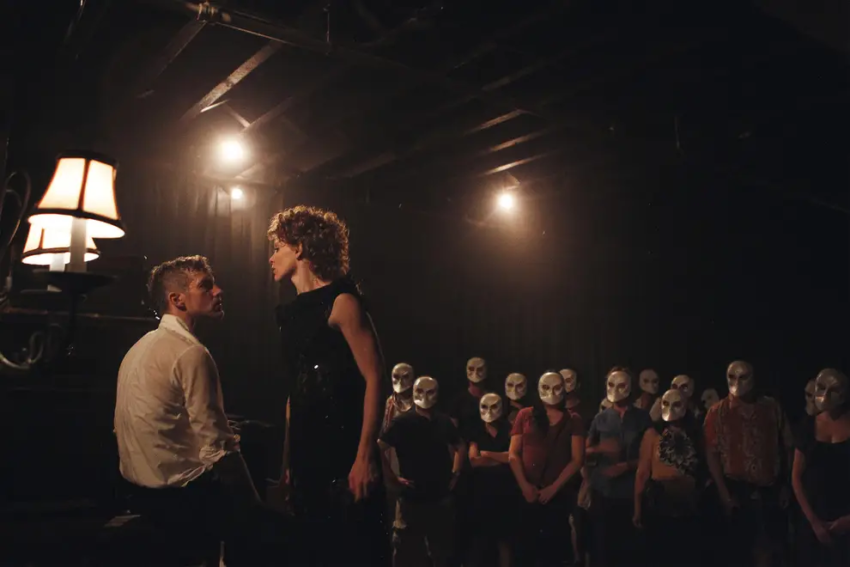Immersive Storytelling
In the future, people will seek out slower forms of storytelling to fill their entertainment needs. They’ll be tired of the short form, and look towards more meaningful content.
Slower storytelling can make it easier for audiences to empathize with characters and immerse themselves in the narrative and experience a new world. Think: Sleep No More or Meow Wolf’s House.
We’re starting to see it already:
- TikTok has introduced 10-minute long videos.
- TV episodes are increasing their length, some at 1-2 hours per episode.
- Long-form podcasts are on the rise.
- The Secret Cinema immerses audiences and encourages them to dress up and interact with the environment, blurring the lines between fiction and reality.


